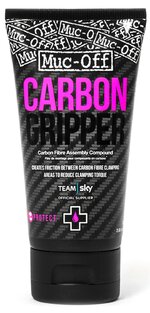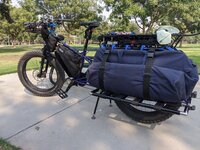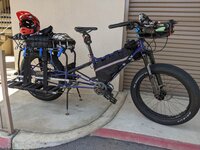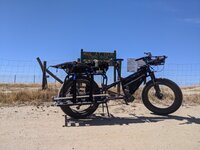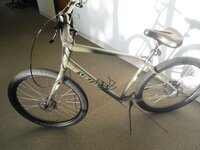indianajo
Well-Known Member
Hose clamps are good for 1/4 kg maybe. Made in *****, of grey metal. Tensile strength ????. Stainless, but lead doesn't rust, either. Lots of pictures on internet of hub motors with twisted off wires where the torque arm was secured with hose clamps.@4speed
I didn't really want to use hose clamps. But some combination of nuts, bolts and cable ties might do the trick!
Cable ties, even the 1 cm ones, not much tensile strength. Wouldn't hold my panniers on. Oleofin bale twine 3mm, works fine for that. Bale twine has to be bought in 50 kg rolls, but I find snarls of it thrown in the ditch in agricultural areas.
Steel 2mm cable with pair of cable clamps, 200 kg. 18 ga x 2.5 cm wide flat roll steel, 100 kg?.

